Uber’s new system
Uber’s new pricing system doesn’t put any more money in drivers’ pockets but it may adjust your fares.
![]()
After testing the system within different markets, the ride company announced that they would be changing their pricing system in the hopes to turn a profit.
Route-based
Uber calls it their “route-based” system. In essence, they will charge customers what they think they are willing to pay. Instead of calculating prices based on mileage and time like in the previous model, they are applying what they call “machine-learning techniques” to estimate fares.
Confused yet?
Basically, Uber will determine the price you pay depending on where you want to go.
The determining factors are location and time of day. So if you want to go downtown on a Friday night, your price will be estimated higher versus someone trying to go to a Chili’s down the street at the same time.
Again, traffic and distance does not come into play in this system.
While these fares basically secure that wealthier customers will pay more, it does not address a few factors that have been troubling to Uber for some time now. For instance, will wait times be longer in less desirable areas? More importantly, will drivers earn a fair wage?
The fine print
Unfortunately it seems that the new pricing system does not leave employees with more money in their pockets. Uber has reported that they will show how much each passenger pays per ride, but will not breakdown how much the company takes.
This will require drivers to sign new contracts accepting this pay structure.
Uber has faced many problems in the past, with price discrepancies and scandals flooding the news. What were the overall complaints? As a business Uber does not make enough money and drivers are paid too little.
So will the fare restructuring fix those problems?
According to Uber, the company itself will be able to move closer towards a profit because they are taking home more money. This will put them back into competition with other popular ride share companies in addition to gaining revenue for the business.
Uber promises that the money earned will be put towards improving the company, which in turn, means future bonuses and higher income for drivers.
#UberPayChange
Natalie is a Staff Writer at The American Genius and co-founded an Austin creative magazine called Almost Real Things. When she is not writing, she spends her time making art, teaching painting classes and confusing people. In addition to pursuing a writing career, Natalie plans on getting her MFA to become a Professor of Fine Art.







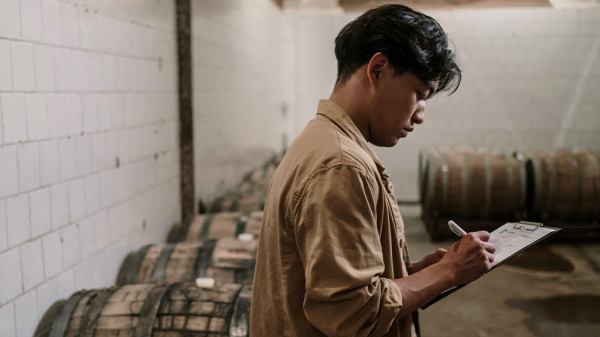
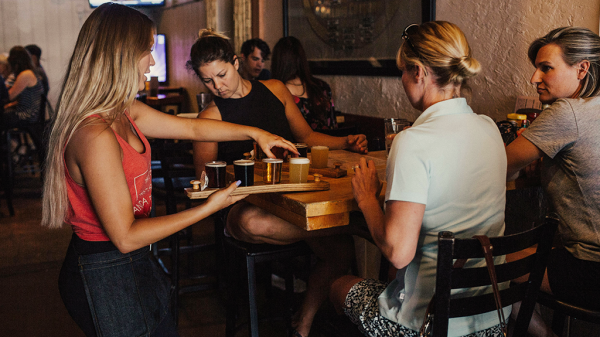




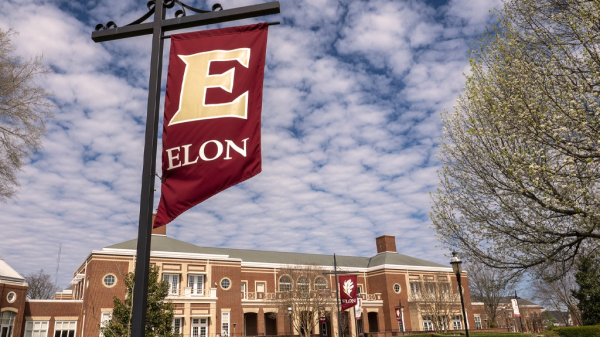



















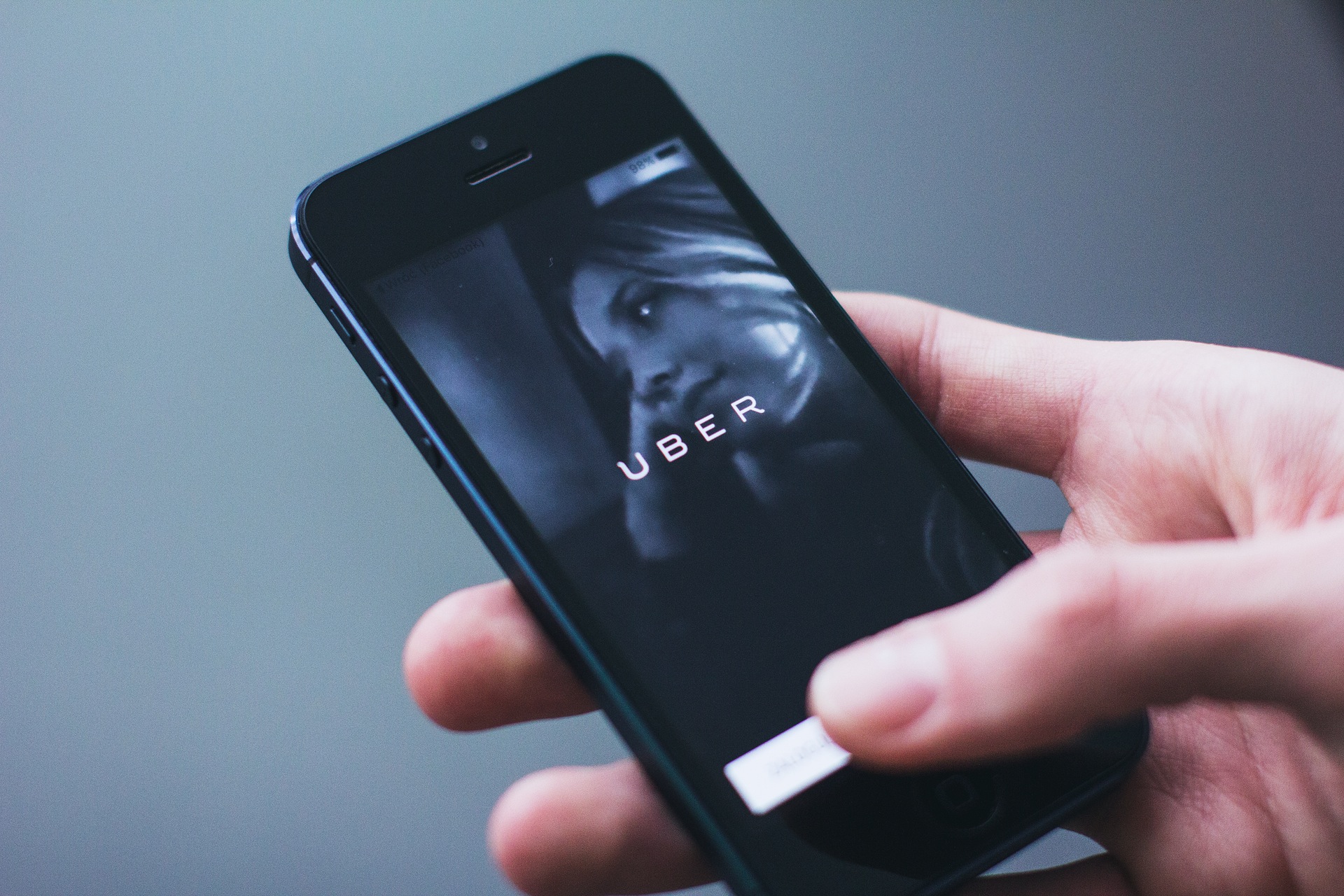




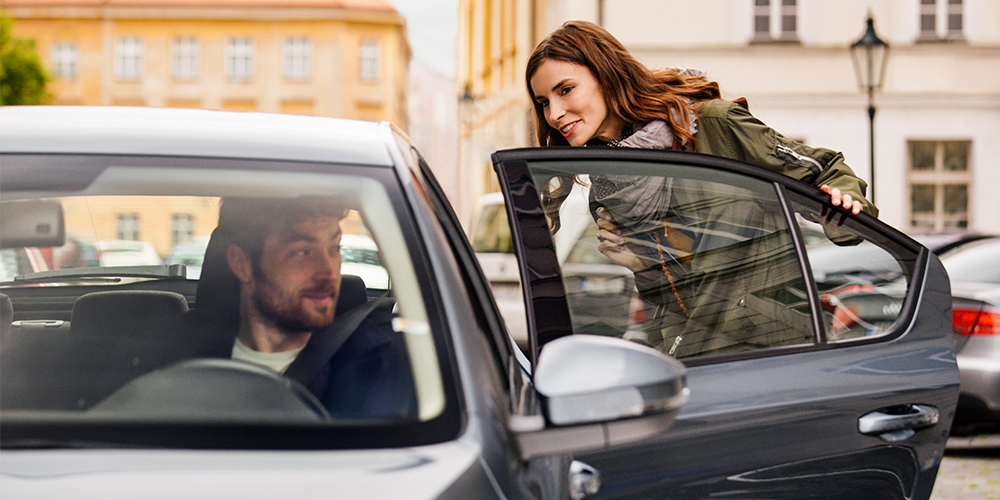
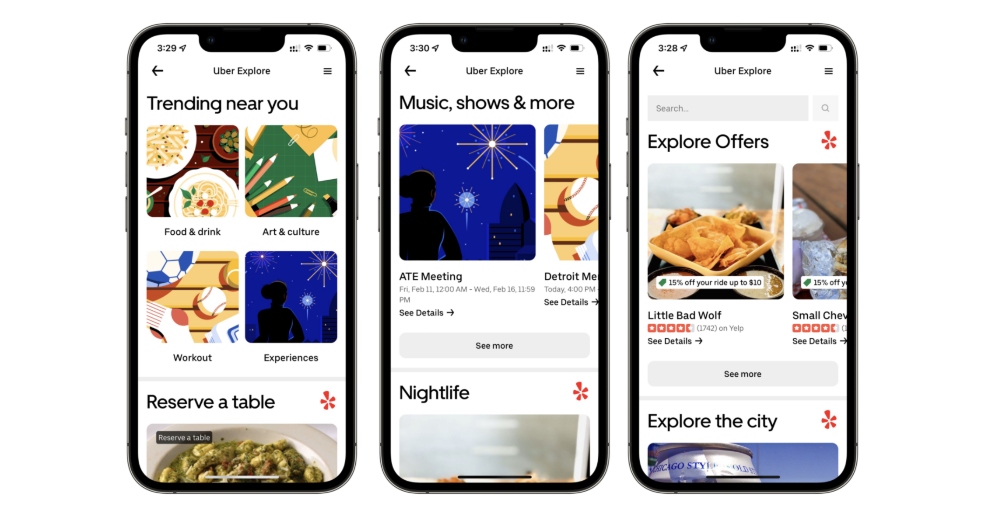

Andres Campagna
May 28, 2017 at 1:56 pm
The writer implies at several points in this article that those who drive Uber are “employees” and “earn a wage” both of which are false. Drivers utilizing the Uber or anyother rideshare platform are independent contractors who receive a commission on rides. What these changes are bringing is a change in that commission structure to the advantage of Uber over drivers. They want to make the consumer pay base upon demand and pay the driver what Uber thinks they can get away paying rather than demand. They are manipulating both and trying to make s profit in between. As drivers are not employees and lack any legal protrotections we have little recourse other than to accept or not accept the ride. Most riders do not understand that the driver doesn’t know where you are going until you get in the car either. This means the driver has to make s split decision regarding whether or not the ride is profitable for them. As more and more drivers start to realize that they are getting screwed more and more riders will get pissed about being told no. Uber is banking on drivers being benevolent and riders blaming that particular driver rather than the company as a whole when left on the curb.
Judah Ross
August 6, 2017 at 12:50 am
There is a big problem with this structure for riders as well. The guaranteed up front fare only applies to the exact pick up and location. If you change it even slightly the price can go up by even $10. What often happens is the driver will start or stop the ride a few seconds early completely changing the price. Unless you go back in to ride history you’ll never know that you paid much more than you thought you would.